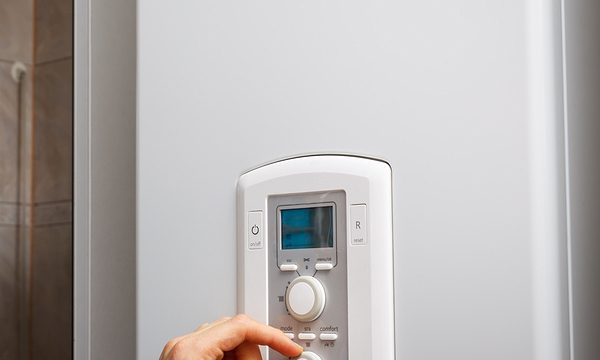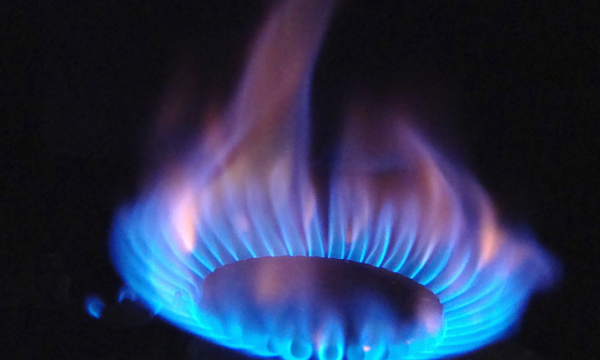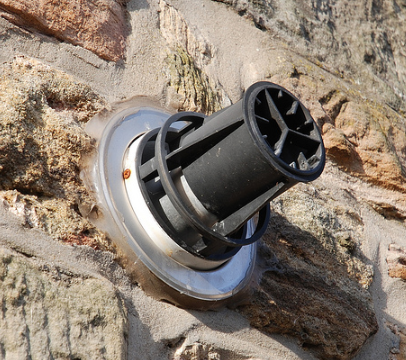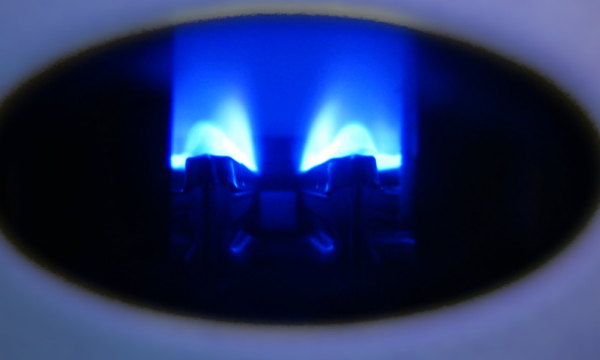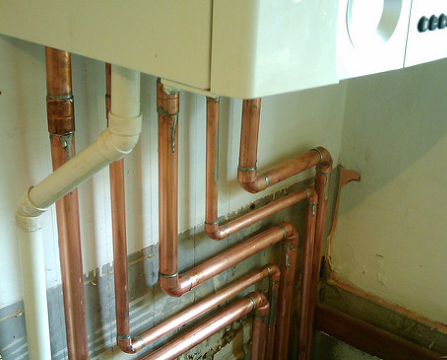Boilers generally are complicated and specialised pieces of equipment, and as we have suggested many times before, work should only be carried out by people who are qualified to deal with these pieces of equipment. That said, the owner of an appliance who benefits from day to day running of it would be wise to understand a little about it and be able to diagnose or carry out very simple remedial procedures should the need arise. Think of car. Most people wouldn’t have the capacity to attempt car repairs, but as car owners there is an accepted view that checking the oil, tyre pressures etc and remedying any problems related to this is generally something the owner should be able to do. Boilers are no exception to this, and the monitoring of boiler system pressure should be with the owners. We have touched on boiler pressure in previous articles, but here we will take a closer look at the concept and some of the things you need to be aware of.
What is it?
Perhaps this is obvious, but because it is never seen or experienced its role is not fully appreciated. All boilers need a certain amount of pressure to operate both safely and effectively. As you can probably imagine too much or too little pressure is not good and most boilers have mechanisms in place which stop these extremes becoming dangerous.
What is normal pressure?
All modern boilers tend to have pressure gauges which allow the user to see what the current level is. Generally speaking, these are colour coded in some way so you know that ‘green’ is within safe and recommended levels, while ‘red’ is not.
Most boilers have a normal operating pressure range of between 1 and 2. Pressure is measured in bars for the purposes of boilers.
You will tend to notice a fluctuation in boiler pressure readings – when the heating is on the number usually rises with the opposite happening when the heating is off. Figures should normally be within the above ranges irrespective of what the heating is doing!
Too low
Most modern boilers are designed to shut off if pressure is too low. Some boilers will display error codes or warning messages should this happen. Remember that gradual pressure loss over time can be quite normal. This is to be contrasted against a drop in a short space of time. Both situations will require remedial action however.
If the pressure is too low, then the problem is solved by adding water into the central heating system. This is one of those simple procedures like topping up your oil level in your car, so it is perfectly fine for the owner to do. Some boilers do differ in how this is done so check your own instruction manual. The best time to do this is when the system is cold (i.e. no heating on) to ensure figures are steady.
Too high
You only need to think of a pressure cooker exploding for a danger associated with too much boiler pressure. Thankfully boilers have safety features in them which can activate if the level is too high (this is normally above 3 bars.) A valve exists on most boilers called a pressure release valve. This is normally located outside the house and you will normally see a flow of water coming out which also decreases the pressure. You personally can also reduce boiler pressure by simply bleeding the radiators. Please click the link to see our earlier posting on this.
Keeping your boiler to correct working pressure is generally an easy task that doesn’t require complicated processes so long as you remember to keep a periodic inspection of it. By doing this, you will ensure your boiler is working efficiently which should be the ultimate aim.
To get in touch with us, visit our contact us page where you will find all the details you need.
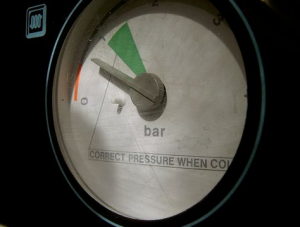
From: https://www.flickr.com/photos/dunkv/102945176/

